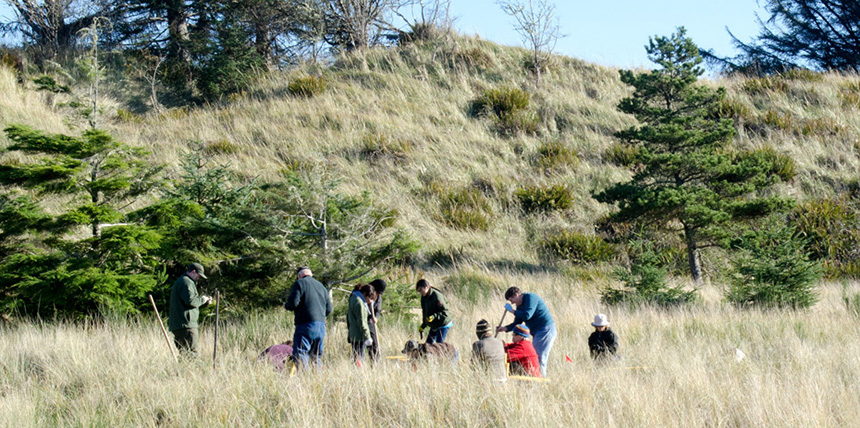
Nearly 90 volunteers showed up to plant early blue violets in the Clatsop Plains November 20 and 21, setting a new record for participation in a stewardship project at North Coast Land Conservancy.

Members of Columbia River Youth Corps kicked things off Wednesday and Thursday by planting 4,000 violets and staging the rest of the violets—about 8,700 plants in little plug containers, arranged in flats of 100—on three coastal prairie properties owned by NCLC and the National Park Service, readying them for Friday and Saturday’s volunteers. (A final batch of 4,000 violets will be planted at a later date on Willapa National Wildlife Refuge lands on the Long Beach Peninsula.)
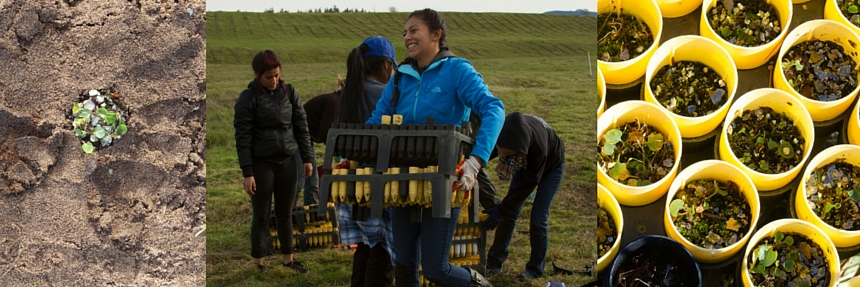
Friday’s volunteers included about 20 members of the National Honor Society from Seaside High School, who worked at NCLC’s Reed Ranch preserve; another 30-plus volunteers worked Friday at Neacoxie Forest. About 40 volunteers showed up Saturday; about half of them went to Reed Ranch to finish the planting there, the others worked at the National Park Service’s Yeon Property. Many volunteer violet-planters were new to NCLC; we hope they’ll be back to plant willows at Circle Creek in February!
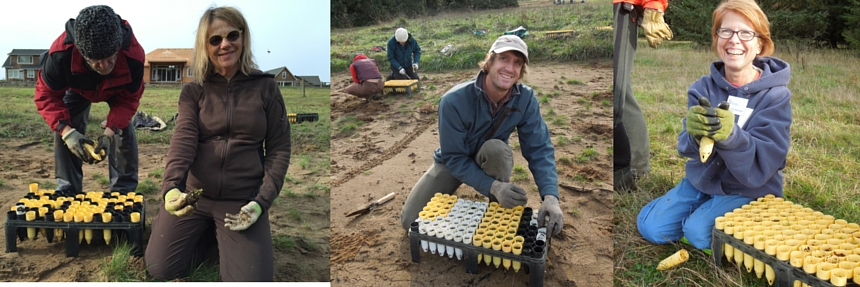
The dry weather made for lovely planting conditions for humans (the violets might have preferred slightly wetter conditions). Particularly with freezing temperatures in the forecast, Stewardship Director Melissa Reich was thrilled that all the violets got planted; they are more likely to survive a frost in the ground than in their little plastic cones.
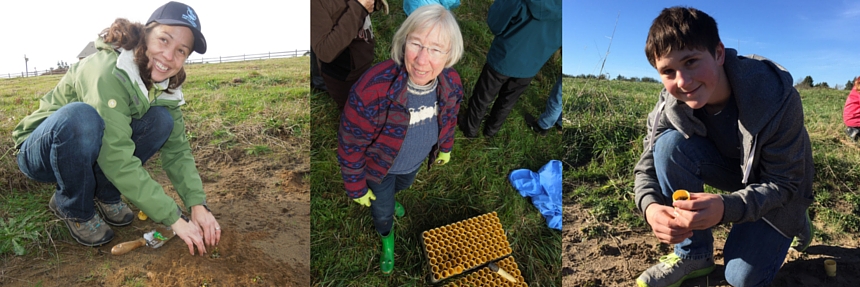
What’s next for the violets on the prairie? Biologists with the US Fish and Wildlife Service will be keeping an eye on the plots where the violets were planted in the coming years; if they thrive, then Oregon silverspot butterflies from the captive breeding program at the Oregon Zoo may be released in the Clatsop Plains. (Native to the coastal prairie from northern California to southern Washington, Oregon silverspot butterflies haven’t been seen in Clatsop County since the late 1990s; they depend upon the presence of Viola adunca, which their larve eat exclusively.) We have learned from our experiments that the most successful way to restore the coastal prairie is to simply remove the topsoil, exposing the sand beneath, and to reintroduce native plant species. NCLC will be seeking funds to restore larger swaths of the prairie in this manner.
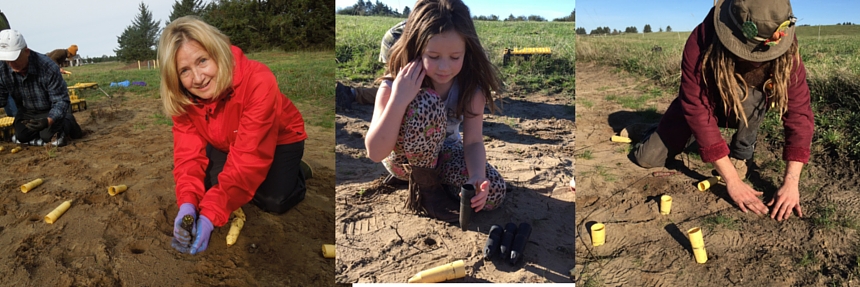
Thanks to ALL the volunteers who showed up and pitched in with such enthusiasm (including our photographer-planters Randall Henderson, Mike Patterson, Neal Maine, and Sue Cody).
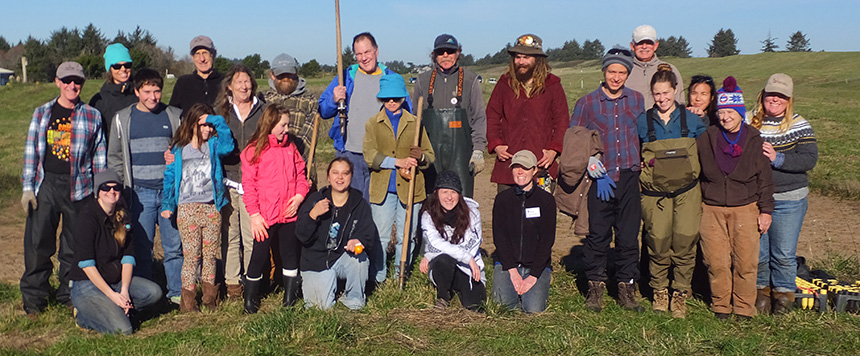
Comments